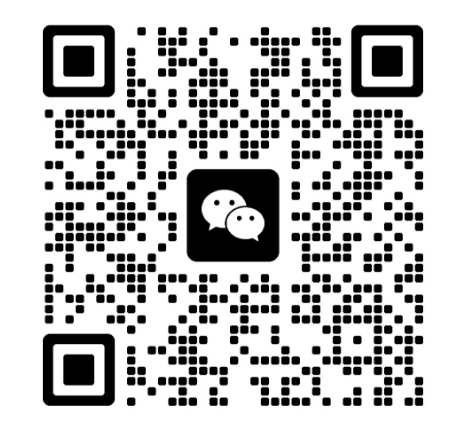In modern electronics manufacturing, precision and traceability are everything. As devices get smaller and more complex, the demand for accurate, permanent identification on PCBs (Printed Circuit Boards) is growing. That’s where PCB laser marking machines come in — especially when it comes to engraving QR codes.
Why Use QR Codes on PCBs?
QR codes are a compact and efficient way to store important data like:
Production batch numbers
Manufacturing date
Component tracking
Warranty or quality control info
These codes can be scanned quickly and easily during production, quality testing, or even in after-sales support, making the manufacturing process more traceable and intelligent.
The Role of PCB Laser Marking Machines
PCB laser marking machines use a high-precision laser beam to engrave QR codes directly onto the PCB surface. Unlike traditional ink printing, laser marking is:
Permanent and non-contact – No risk of smudging or fading
Eco-friendly – No ink or chemicals needed
Highly precise – Ideal for tiny QR codes in compact spaces
Fast and flexible – Perfect for high-volume, automated production lines
How the Laser Marking Process Works
Design the QR code using specialized software that integrates with the laser system.
Place the PCB on the worktable – often via an automated conveyor.
Laser system scans and engraves the QR code on the surface layer of the board.
Verification – Most systems include a vision camera to confirm the code is readable.
This process is incredibly fast and consistent, allowing manufacturers to mark thousands of boards per day with zero contact and minimal maintenance.
What Types of Lasers Are Used?
The most commonly used types are:
UV lasers – Ideal for high-contrast, fine marking on delicate PCB surfaces
Green lasers – Suitable for heat-sensitive materials
Fiber lasers – Used when marking on metallic PCB components
Each type offers unique benefits depending on the board material and code size.
Real-World Applications
Many industries rely on PCB laser marking for quality control and traceability, such as:
Consumer electronics
Automotive electronics
Medical devices
Industrial equipment
For example, a smartphone manufacturer may laser engrave a QR code on each board to track it through hundreds of production steps, from assembly to final testing.
Conclusion
Engraving QR codes on PCBs with laser marking machines is a smart, efficient, and reliable way to enhance product traceability. With high-speed processing, minimal maintenance, and long-lasting results, it’s an essential tool in any modern electronics production line.





